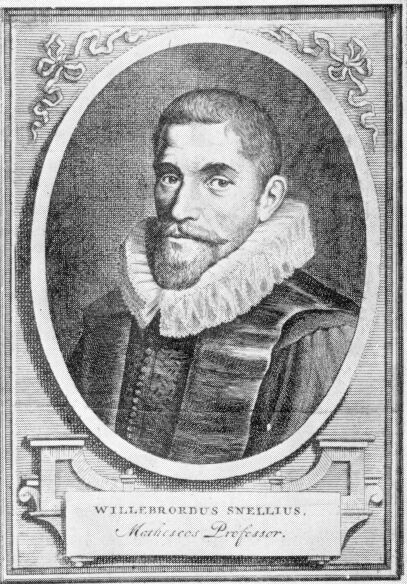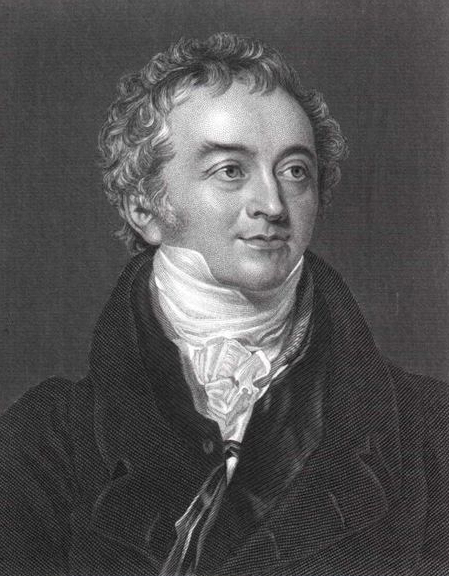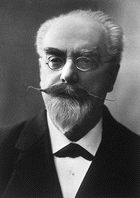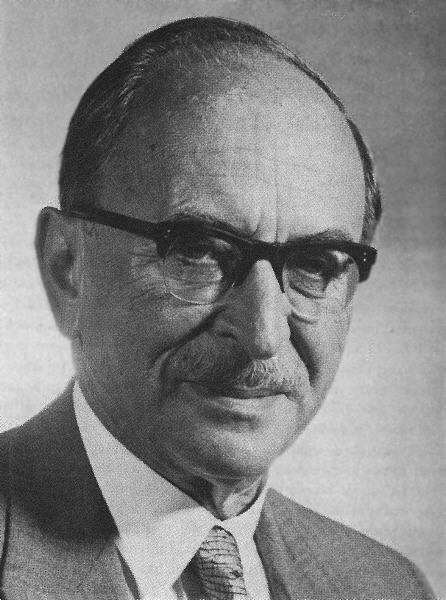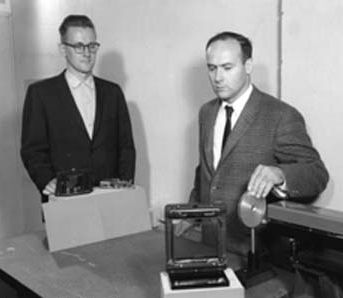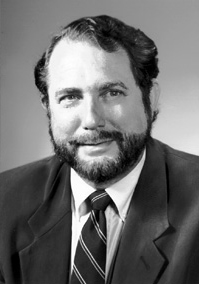Patent & publication research, security audits.
Courses on holography, document & product security, theory of colours.
Photography
Willebrordus Snellius - Refraction of light ©
Willebrord Snel van Roijen (1580-1626) was a distinguished Dutch mathematician, physicist and astronomer. He used the latin name "Willebrordus Snellius" as his scientific alias. Snel (written with one l) is most famous for his discovery in 1621 of the law of refraction, generally referred to as "Snel's law".
Phenomena such as "the broken stick", focusing of light by a lens, imaging by a lens, prismatic colours and the rainbow are all based on the refraction of light when it passes from one medium to another, provided that the optical density of both media is different.
The downloadable slideseries (3.7 Mb) shows that the refractive index of various security features defines their optical behaviour. (slideseries expanded per 21 July 2007).
Download: Refraction.pps
Thomas Young - Grandfather of holography ©
Thomas Young (1773-1829) was a univeral genius: a physician, a professor of natural philosphy and the founder of physiological optics. He mastered over a dozen languages and deciphered the Egyptian hieroglyphs in the "Rosetta stone". But I honour him at this page for his establishing the wave theory of light by means of his famous 1801 double-slit experiment, which beautifully displays the effect of the interference of light waves. In my view this makes Young the grandfather of holography and I find support for this view in the fact that Dennis Gabor opened his 1971 Noble Lecture with a description of Young's 1801 experiment.
Below, you can download a slide series (2.8 Mb) on Young's experiment and its implications to holography (expanded per 31 March 2008).
Download: Young's experiment.pps
Gabriel Lippmann - Pioneer in photography ©
Gabriel Lippmann (1845-1921) developed a method of capturing coloured images in black-and-white photographic emulsions. His stunning invention, now called Lippmann colour photography, was based on the phenomenon of light interference in thin films. In hindsight, it is straightout unbelievable that this advanced photographic process was developed as early as 1891, after years of patient experiments.
His invention gained Lippmann the Nobel prize for Physics in 1908.
Lippmann's invention was the precursor of Yuri Denisyuk's volume reflection holography. See chapter 7 of Optical Document Security, 3rd edition.
Download: Lippmann.pps
Dennis Gabor - Father of Holography ©
Dennis Gabor (1900-1979) is honoured as the inventor of Holography. He published his findings in 1948 in Nature: "A new microscopic principle" and in 1949 in the Proceedings of the Royal Society: "Microscopy by Reconstructed Wavefronts".
In 1971 Gabor was awarded the Nobel Prize for his accomplishment; see Gabor's Noble Lecture.
In the mid 1980's I curiously repeated Gabor's optical demonstration of the principle -now called "Gabor holography" or "in-line holography"- using a slide projector and I found out that it can even be done with a white light source.
I have applied Gabor's holographic technique in several investigations on cavitation in 1980, 1982, 1987, 1988, 1993, and on particle distributions in 1981.
It still appears amazing that the shadow of a shadow of an original object, constitutes the optical reconstruction of that object again. But it is true.
The downloadable slideseries (2.9 Mb) has been considerably expanded per 3 September 2007.
Download: Gabor's experiment repeated.pps
Emmett Leith - Pioneer of Modern Holography
As early as 1956, Emmett Leith of the University of Michigan reinvented holography as a spin-off of his research on side-reading radar. Only in the early 1960s, after the invention of the laser, the first off-axis laser transmission holograms were recorded by Leith and his colleague Juris Upatnieks. These novel holograms of diffusely reflecting objects produced stunning three-dimensional and full-parallax reconstructions of the original object. The impact of this invention on the careers of many can hardly be overrated.
under construction
Yuri Denisyuk - Pioneer of modern holography
The eminent Russian gentleman and physicist Yuri Denisyuk (1927-2006) together with Emmett Leith (1927-2005) and Juris Upatnieks (b. 1936) must be honoured as one of the pioneers of modern holography. After lasers became available Denisyuk developed "volume reflection holography" rightfully also called "Denisyuk holography".
Denisyuk began experiments in interference photography in 1958 and published his work in 1962 in the Soviet Union. But his research was not well received until the work of Leith and Upatnieks began to generate excitement in the late sixties. In 1970 he was awarded the Lenin Prize and was elected a member of the Soviet Academy of Sciences. Denisyuk and Leith received the first Dennis Gabor Award from SPIE in 1983.
Under construction
Stephen Benton - Pioneer of modern holography ©
Stephen Benton (1941-2003) as well, is amongst the pioneers of modern holography. He is the inventor of Benton holography, also referred to as rainbow holography (1969), a fascinating holographic process that allowed the subsequent realization of holograms that can be illuminated with white light, holograms that display in true colours, and holograms that display true color cinematographic animations. The May 2004 issue of the magazine "Holography" features a tribute to Stephen Benton as a scientist, a teacher, a colleague and a friend.
Download: Steve Benton.pdf
